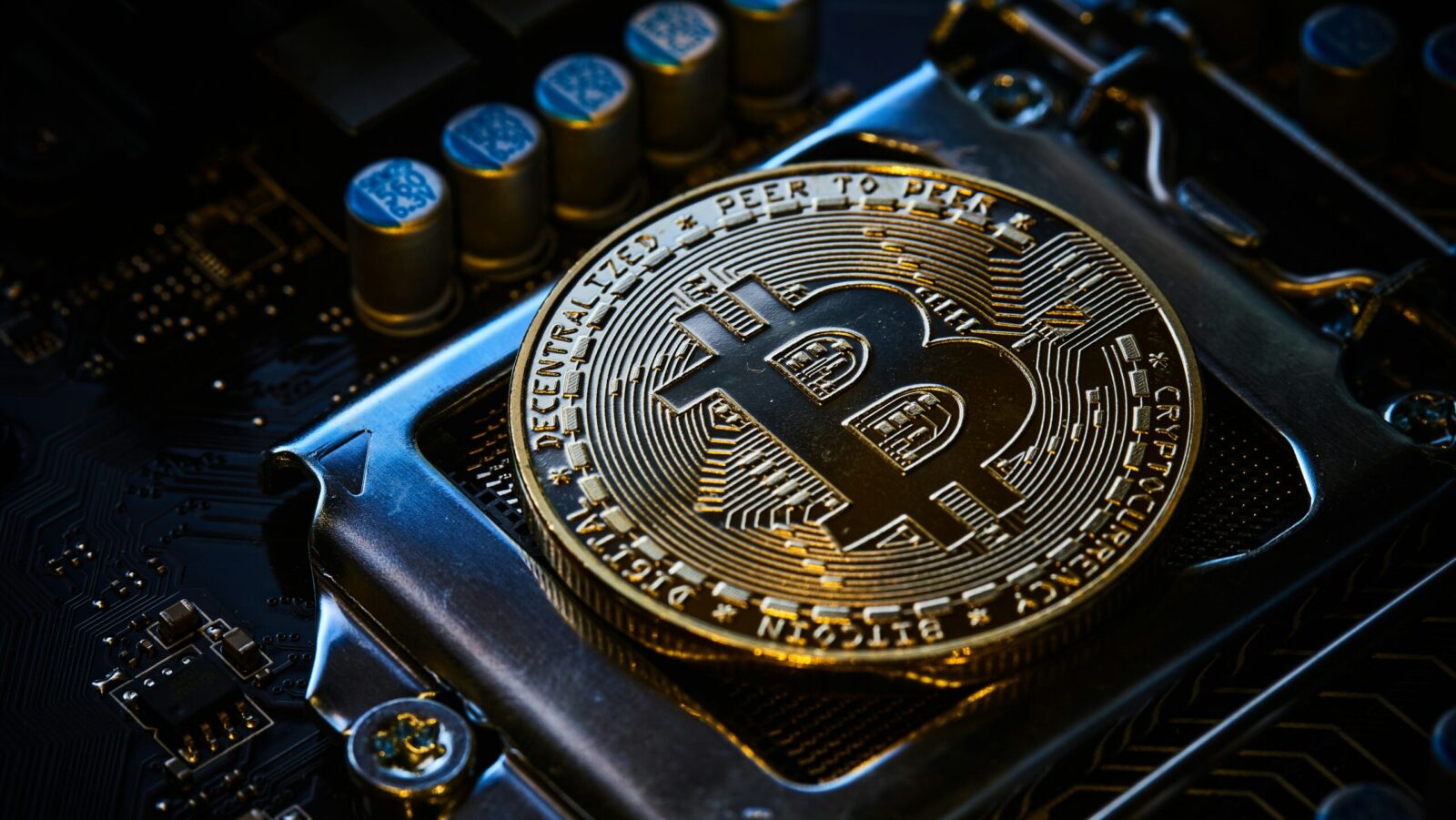Good morning, and happy Monday the 13th (for all the Garfield fans out there).
In case anyone needed an example of the risks in leveraged single-stock funds, a UK-domiciled GraniteShares exchange-traded product provided one last week. After AMD’s stock jumped 38% around news on Oct. 6 of a multibillion deal with OpenAI, the value of the GraniteShares 3X Short AMD Daily ETP went to zero. The ETP quickly terminated, with no proceeds going to investors. That wasn’t without warning, as the prospectus noted that investors could lose money, and “in a worst-case scenario, receive zero,” in the event of an early redemption. According to Bloomberg, the ETP had represented about $3 million.
The event was particularly salient, given the rush among several firms to file for 3X-leveraged single-stock ETFs in the US. The SEC generally prohibits such strategies, given its limits on volatility, though 3X leveraged ETPs are listed in Europe. If this news has anyone bummed out, consider a helping of lasagna tonight — we know one orange cat who would prescribe that.
BlackRock’s IBIT Is Nearing $100B in AUM. Everyone Else Might Be Chasing ‘Crumbs’

The world’s fastest-growing ETF, the iShares Bitcoin Trust (IBIT), is nearing $100 billion in assets, less than two years after its launch.
That puts it among the 20 biggest ETFs, only 18 of which are in the $100 billion-plus club. It clearly shows demand for digital assets, or at least for one product. BlackRock dominates the crypto ETF category, with the next-biggest competitor, Fidelity’s Wise Origin (FBTC), being roughly a quarter of the size. Of course, BlackRock is also the world’s biggest asset manager, at about $12.5 trillion, according to the Sovereign Wealth Fund Institute. The firm, which also manages the fourth-biggest crypto ETF, the $18 billion iShares Ethereum Trust, hasn’t shown any plans to expand into other digital assets. BlackRock declined to comment, but it has not been among the issuers filing for spot-price ETFs in XRP, Solana or other categories.
“The ETF game belonged to BlackRock long before crypto ETFs,” said Tyrone Ross, CEO of 401 Financial and Turnqey Labs. “Everyone else gets the crumbs, and because the market opportunity is so big, other providers can accumulate meaningful AUM with those crumbs.”
Profitable? Um, Just IBIT
The iShares ETF, which charges 0.25%, brings in revenue of about $240 million for BlackRock, Bloomberg analysts noted, making it the most profitable fund for the company. There’s a big incentive for companies to add spot-price crypto ETFs, though the Securities and Exchange Commission until recently was slow to approve many. That changed last month, when the regulator gave exemptions to the three big exchanges to use generic listing standards. The effect will be numerous new digital asset ETFs coming to market without a la carte approval by the SEC. Whether there’s investor appetite for numerous versions of Dogecoin is another matter.
“Other crypto tokens don’t have the same global adoption or characteristics that make Bitcoin such a strong store of value,” said Mike Casey, president of AE Advisors, who has been recommending Bitcoin allocations since 2019. “The spot ETFs are a frictionless way to add Bitcoin exposure for clients.” While IBIT has the most liquidity and largest market cap, he said the Grayscale Bitcoin Mini Trust (BTC), Bitwise Bitcoin ETF (BITB) and ARK 21Shares Bitcoin ETF (ARKB) are also worth a look.
Some of the recent developments in crypto ETFs:
- BlackRock filed for an iShares Bitcoin Premium Income ETF.
- Rex-Osprey has two ETFs with staking capabilities (SSK and ESK).
- S&P Global is adding a Digital Markets 50 Index, tracking both equities and digital assets. Dinari, which partnered with S&P, is making a token specific to that index.
Let them eat crumb cake: There are billions of dollars in investments at stake, so expect a deluge of ETFs soon, even if only a small slice gain enough assets to survive. “The door is wide open now for other types of crypto ETFs,” Ross said. “It will be interesting to see how Solana is received and whatever comes after, like a Chainlink, Ripple or Litecoin.”
Active ETFs: Helping Bolster Portfolio Resilience In Uncertain Markets
In turbulent markets, active management matters. Active strategies can help investors stay invested, building a diversified portfolio designed to manage risks and capture potential opportunities in volatile markets.
Active strategies can help investors negotiate elevated market uncertainty thanks to the in-depth research, risk management, and alpha potential that professional asset management can provide.
Active investment encompasses a range of strategies, from funds that lie between active and passive strategies to fully active funds that take greater risks in pursuit of significant outperformance.
Active ETFs, which combine the research and rigor of active management with the flexibility and transparency of the ETF wrapper, offer investors a range of potential solutions to help navigate market turbulence.
Why Just 8% of ETFs Raked in Half of Inflows This Year
If investors could collectively talk, they might sound a bit like birds: cheap, cheap, cheap.
Exchange-traded funds with low fees — defined as having expense ratios of less than 0.10% — raked in nearly half of all inflows this year to date despite making up just 8% of all ETFs, according to CFRA Research. Cheap funds, which tend to track indexes, have consistently outperformed their active counterparts in recent years. Meanwhile, active funds have sometimes underperformed compared their benchmarks and may not have the scale needed to keep fees low.
“With the exception of the tariff tantrum in April, it’s been a growth environment over the past two years,” said Aniket Ullal, head of ETF Research at CFRA. “We’ve had a small number of stocks accounting for most index returns, so it’s been hard for active managers to beat the benchmark.”
The Price Is Right
Investors’ preference for low-fee products neatly lines up with current market leaders. BlackRock’s iShares products regularly top flow charts, including its Core S&P 500 UCITS ETF (CSPX), which focuses on large-cap equities and has a ratio of 0.07%, that grew by more than $1.5 trillion over the past year alone. Vanguard’s S&P 500 ETF (VOO), which has a fee of just 0.03%, remains the largest in terms of AUM and comes with a basement-bottom price of $605.83.
Many of the best-performing low-fee ETFs are index trackers, aiming to mirror indexes like the S&P 500 rather than beat them. Higher-fee products, on the other hand, tend to be actively managed, with portfolio managers making tactical calls. “Beating the benchmark is hard,” Ullal said. “Investors and advisors who like active management should be comparing the fees of an ETF to other options, like traditional mutual funds.”
The pressure to keep things cheap has brought everyone’s fees down. According to recent data from the Investment Company Institute:
- From 1996 to 2024, the average expense ratio for equity and bond mutual funds dropped by 62% and 55%, respectively.
- Last year, the average expense ratio for index equity ETFs declined two basis points to 0.14%.
Big Tech on Top. Managers who are growth- or equity-oriented are more likely to have a chance of beating the benchmark compared to value managers, Ullal said. Value managers might buy stocks based on metrics like price-to-book ratio and tend to be into healthcare, consumer staples and utilities — all sectors that have underperformed lately, relative to tech and communication services, he added. “Most of the returns have come from mega-cap, large-cap stocks,” Ullal said, adding that the performance of actively managed funds largely varies based on the strategy. “It depends on the mandate.”
MEME ETF Rises From the Grave

Just in time for Halloween, we have a zombie fund.
Roundhill Investments last week resurrected its Meme Stock ETF (MEME), and something about it is a little … different. The former iteration was a COVID-era exchange-traded fund that, like others of its time, did not see as much promise in a post-pandemic world. The ETF had previously focused on meme stocks like GameStop and AMC Entertainment Holdings that were powerfully inflated by #wallstreetbets Subreddit participants and others.
“A few years ago, meme stocks were largely defined by short squeezes and social media-fueled surges. Now, the term captures a broader and more enduring market dynamic: the influence of retail sentiment as a legitimate force shaping liquidity, volatility and narrative momentum across the market,” Roundhill CEO Dave Mazza said. “In that sense, MEME isn’t about chasing yesterday’s headlines. It’s about reflecting how investor attention drives markets today.”
It’s Alive!
A notable difference between the dead and undead versions of the ETF is that the old one tracked an index, whereas the reanimated one is actively managed. That’s reflected in the fee, which is 0.69%. As noted in the fund’s prospectus, meme stocks are highly speculative and volatile. The ETF can select meme stocks based on social media momentum (likes, comments, etc.), which does not necessarily reflect a company’s fundamentals. One fund that uses AI, the VanEck Social Sentiment ETF (BUZZ), has returned 52% year to date.
The top holdings of the new version of MEME include:
- Rigettia Computing (12%)
- QuantumScape Corp (6%)
- Bloom Energy (6%)
Don’t Try This at Home: Just as one Covid-era ETF has arisen, another is passing. Direxion recently disclosed that its Work From Home ETF (WFH), along with the Daily Electric and Autonomous Vehicles Bull 2X Shares (EVAV) and Daily MSCI Emerging Markets Ex China Bull 2X Shares (XXCH) ETFs, will close Oct. 23. The Work From Home ETF had limited investor interest, chief product officer Mo Sparks said in a statement provided by a spokesperson. “Since the height of the pandemic, many of the trends that initially fueled enthusiasm for remote work have normalized, and investor focus has shifted,” he said. “We see this as part of the natural evolution of thematic investing.”
Extra Upside
- Pulling the lever: A look at why investors are taking money out of two large leveraged ETFs with strong returns.
- You can call that a haul: ETF sales are already crossing last year’s record of $1 trillion.
- Issuing a correction: JPMorgan CEO Jamie Dimon said he is more worried than peers about a market dive in the near future.
ETF Upside is written by Emile Hallez. You can find him on LinkedIn.
ETF Upside is a publication of The Daily Upside. For any questions or comments, feel free to contact us at etf@thedailyupside.com.

